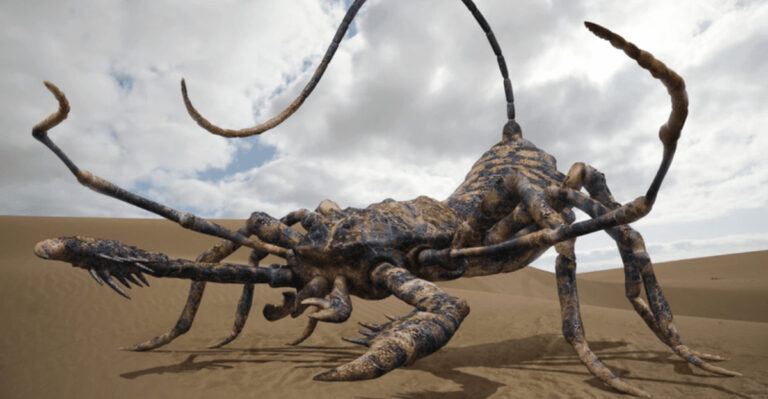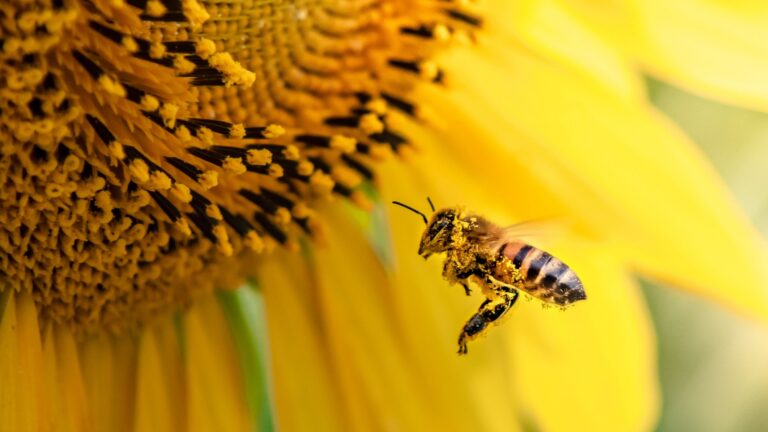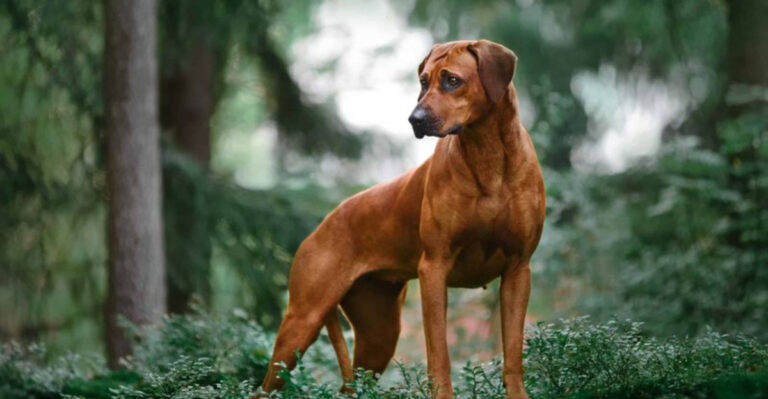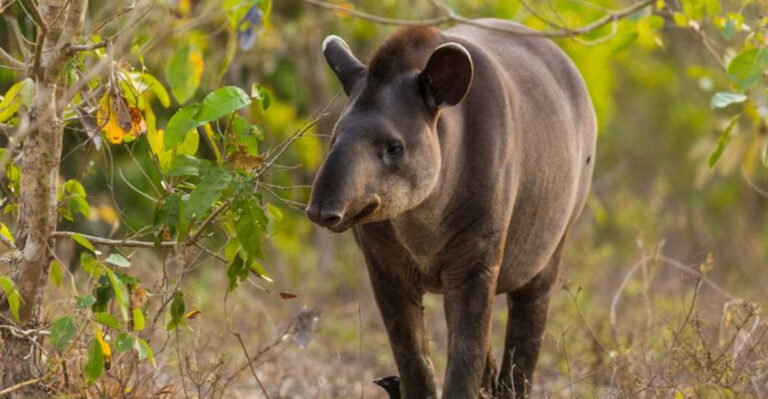14 Animals That Can Sleep While Flying
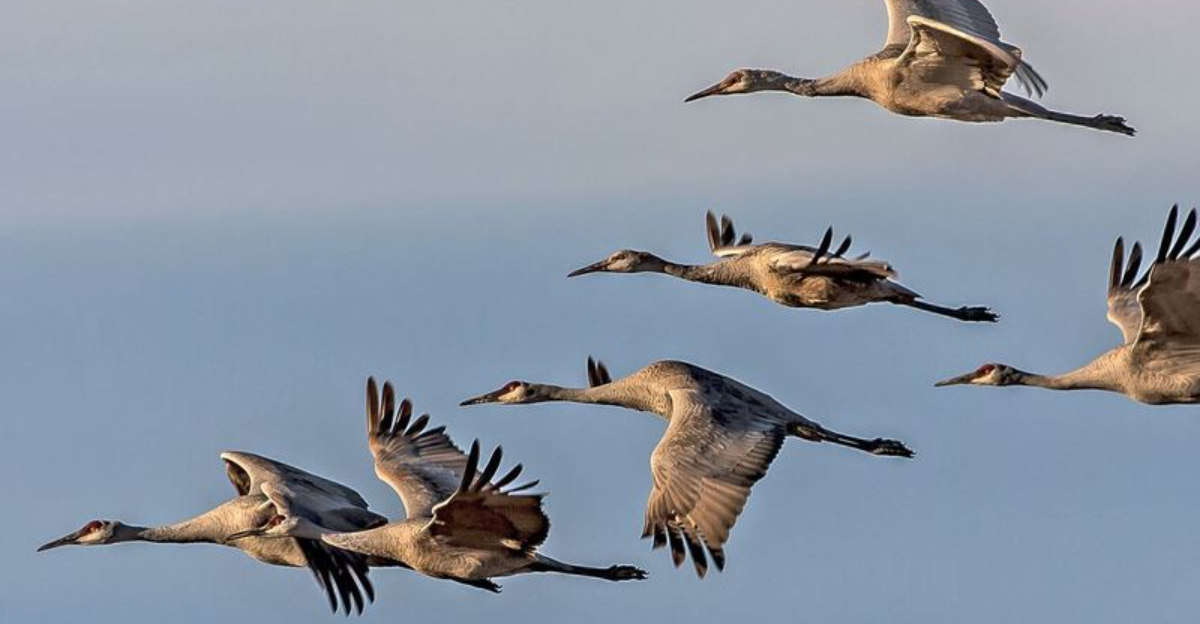
Did you know there are animals that can literally nap on the wing?
These incredible fliers have adapted to catch some Z’s while being airborne. From ducks to eagles, let’s explore these feathered wonders who have mastered the art of sleeping mid-flight.
1. Ducks
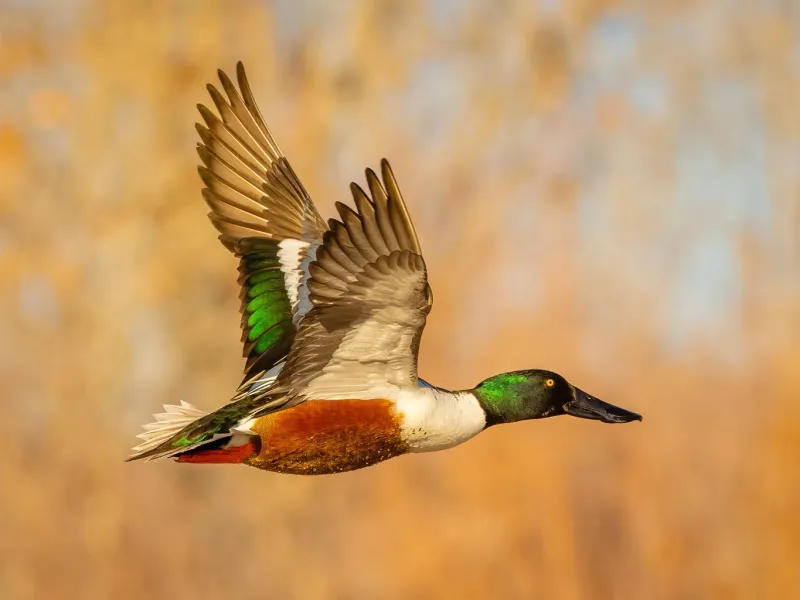
Ducks have a cool trick up their feathers. During long migrations, they can rest half their brain while flying. This nifty adaptation allows them to keep one eye open for threats and navigate their way through the skies.
How do they manage such a balancing act? It’s all about brain hemisphere sleep, letting them conserve energy while staying alert.
2. Albatrosses
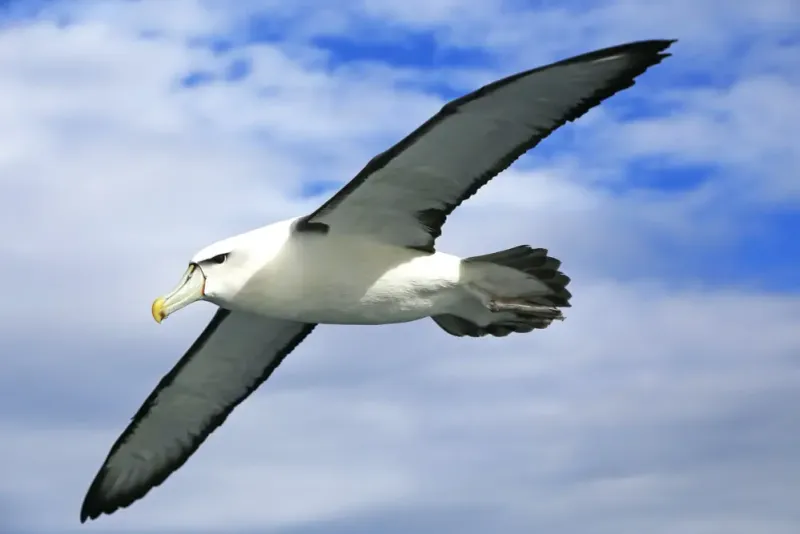
Albatrosses are the gliders of the bird world, capable of sleeping while soaring across vast oceans. They can lock their wings and catch some shut-eye as they drift on air currents.
This energy-saving ability is crucial for their long journeys. Ever wonder how they manage it? It’s all in their unique ability to fly without flapping, conserving energy while napping.
3. Swifts
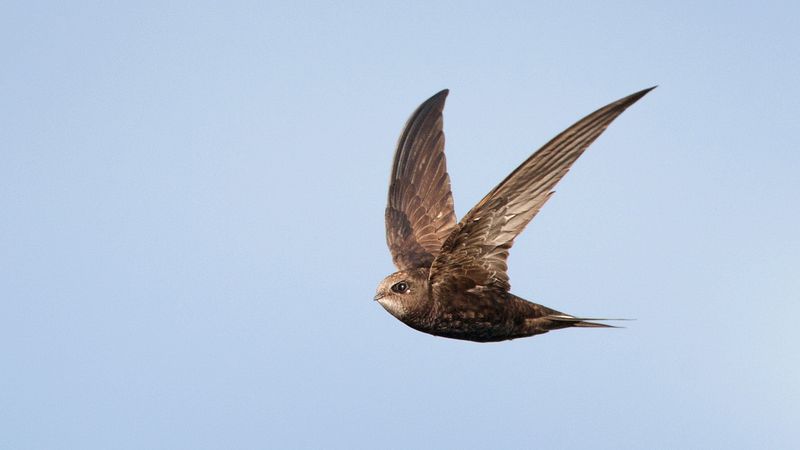
Swifts spend most of their lives in the air, even snoozing while flying. How do they stay energized? They take short naps mid-flight, allowing them to cover massive distances during migration.
By napping on the go, swifts make the most of daylight hours, ensuring they’re always on the move. Isn’t it amazing how they never truly stop flying?
4. Nightjars
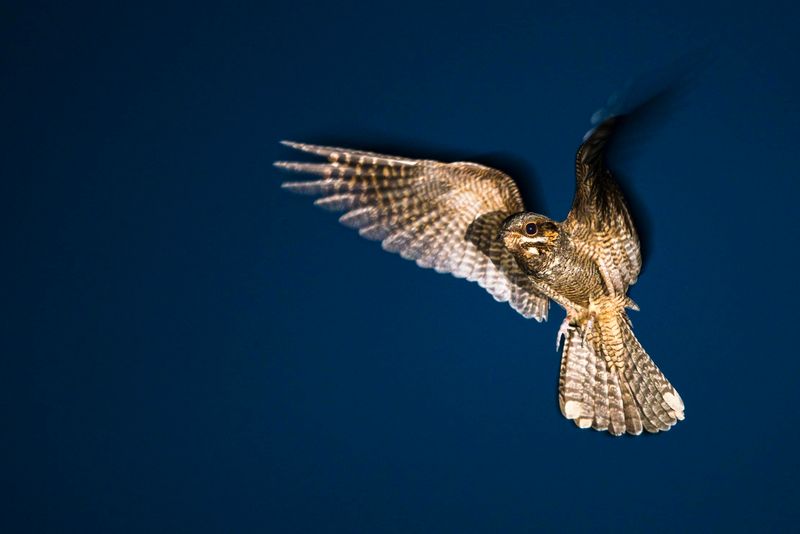
Nightjars, especially the European kind, have a knack for nighttime travel. Known for their twilight habits, these birds can rest while flying, blending seamlessly into the night.
Their nocturnal lifestyle aids in this, allowing them to conserve energy and stay alert. Ready to be amazed? They rely on their keen senses to navigate and rest simultaneously.
5. Seagulls
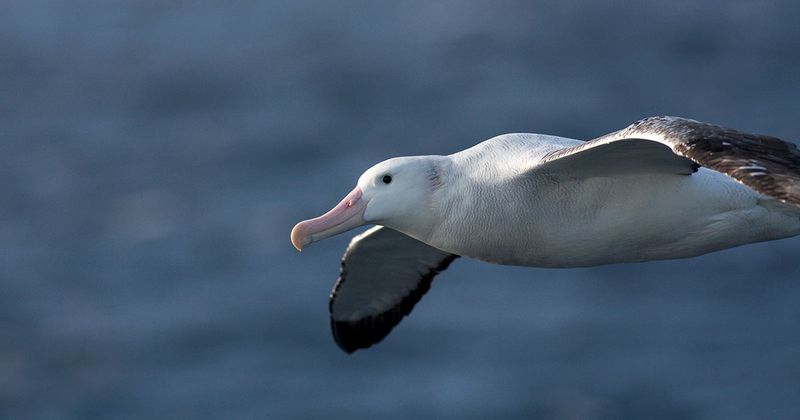
Seagulls are masters at riding the wind, often seen coasting on air currents. This ability helps them take quick naps during long flights over the ocean.
By conserving energy this way, seagulls can remain active for extended periods. Curious about their secret? It’s all about catching those breezy lifts and knowing when to let go.
6. Geese
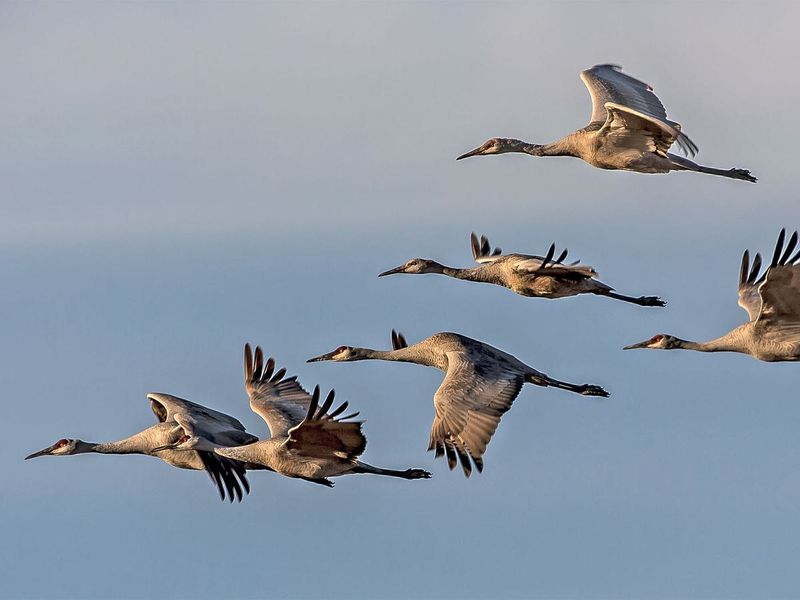
Geese, during their epic migrations, demonstrate the art of unihemispheric sleep. This skill lets them rest one half of their brain at a time, keeping the other alert for navigation.
How do they pull off such an impressive feat? By maintaining a V-formation, they share the workload and stay aware of each other. Teamwork at its finest!
7. Sandhill Cranes
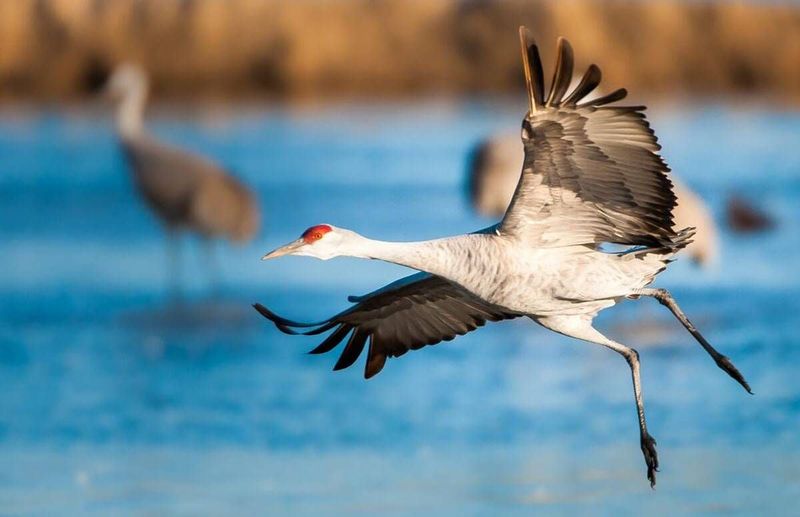
Sandhill Cranes are the masters of long-haul flights, often sleeping as they travel. By catching naps on the wing, they can cover vast distances during migration.
What’s their secret? They fly in large flocks, relying on the group for safety and direction. This communal flying not only aids in navigation but allows them to rest mid-journey too.
8. Ospreys
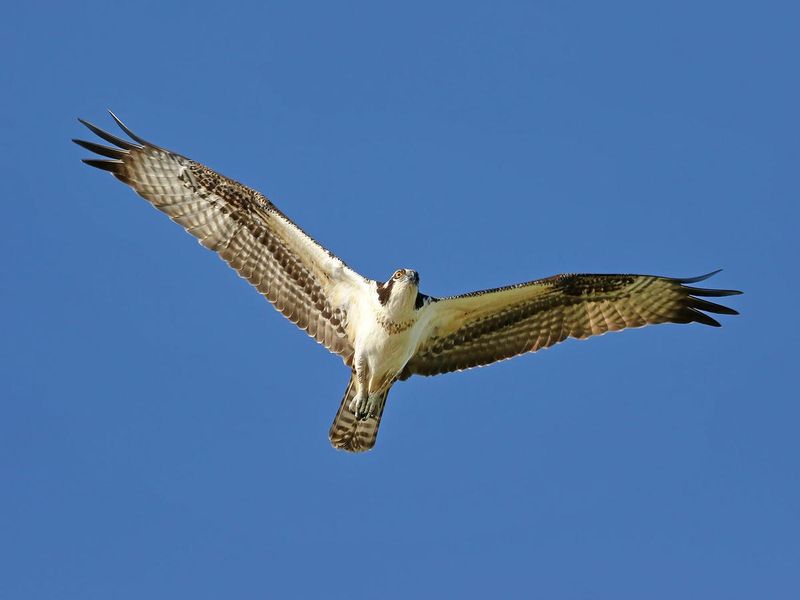
Ospreys, known for their fishing prowess, also have a knack for aerial naps. During their commutes between feeding and nesting areas, these birds can take short breaks in mid-air.
It’s all about efficiency, using thermal currents to stay aloft while resting. Ever wondered how they do it? Their strong wings and keen instincts play a huge part.
9. Terns
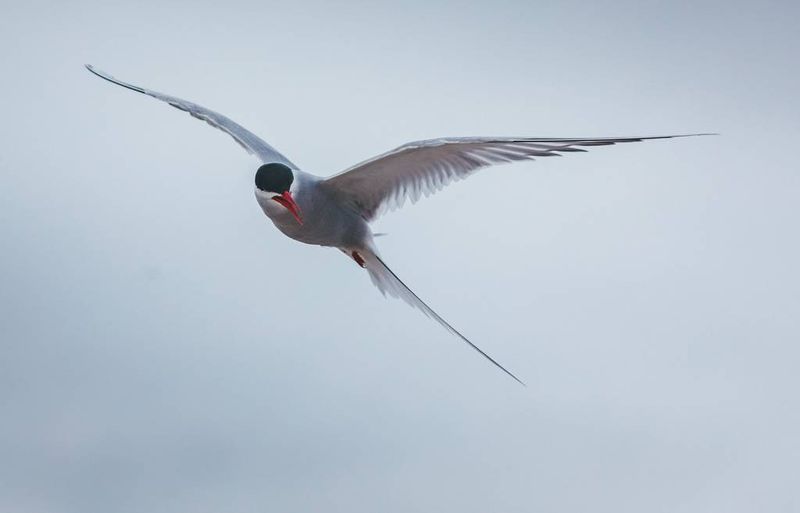
Terns are incredible long-distance travelers. During migrations, they harness thermals to glide and sleep mid-flight. This behavior allows them to conserve precious energy while covering thousands of miles.
How do they achieve such balance? Their slender bodies and long wings make them perfect for catching the wind, turning the sky into their bed.
10. Common Barn Owl
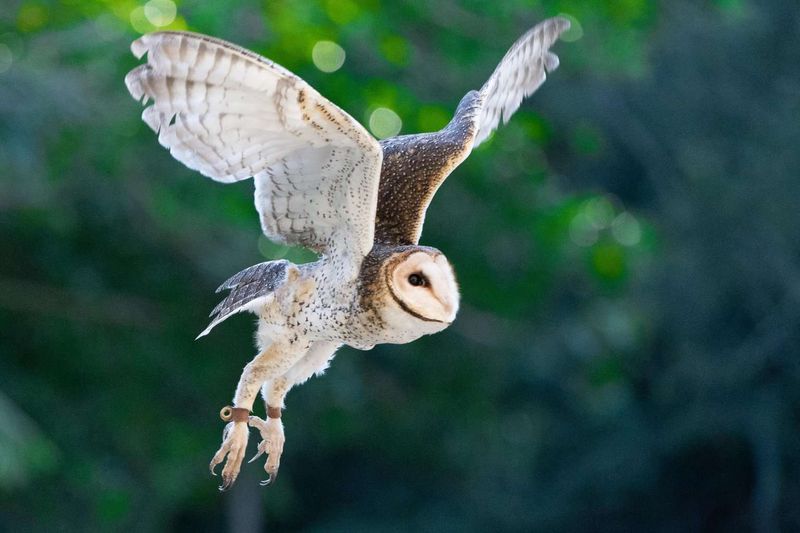
The Common Barn Owl, primarily a land navigator, can also rest during short flights. Often moving through nocturnal environments, their acute senses keep them alert while catching brief naps.
How do they stay so vigilant? By using their exceptional hearing and sight, they ensure they never miss a beat, even when taking a quick winged snooze.
11. White Storks
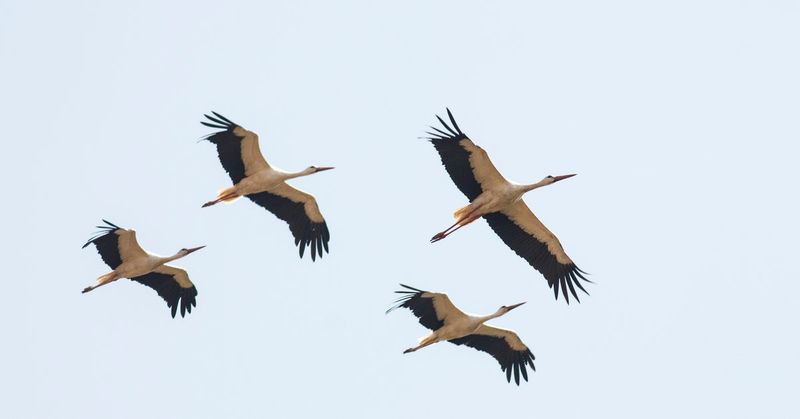
White Storks take advantage of air currents, allowing them to sleep while gliding. This skill is vital for their long migrations, conserving energy on the move.
Interested in how they manage this graceful rest? By catching thermals, they soar with minimal effort, letting them maintain their energy for the journey ahead.
12. Frigatebirds

Frigatebirds are extraordinary fliers, able to stay aloft for weeks, even sleeping while airborne. Their adaptations, like lightweight bodies and long wingspans, make this possible.
How do they maintain such endurance? By mastering in-flight sleep, they cover immense distances with ease, their powerful wings doing most of the work while they rest.
13. Brown Pelicans
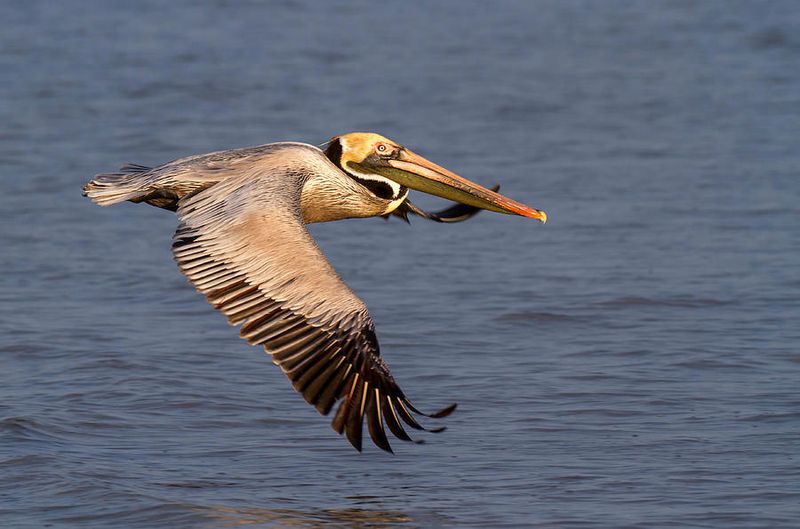
Brown Pelicans, with their strong wings, can take naps during coastal flights. Their ability to glide effortlessly allows them to conserve energy while catching some rest.
Curious about their technique? It’s all in their robust build and skillful use of updrafts, letting them float peacefully above the water.
14. Bald Eagles
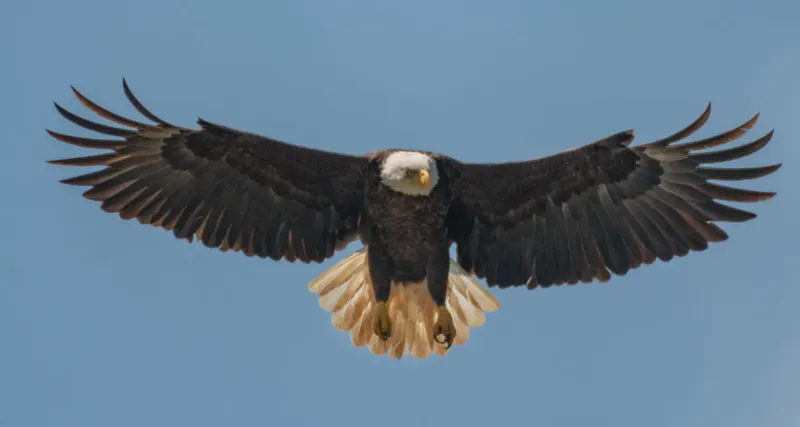
Bald Eagles, known for their majestic flights, can also nap while soaring. Their capability to ride air currents allows them to rest mid-flight without landing.
Ever wondered how they manage such grace? Their powerful wings and acute vision help them stay on course even while catching some in-flight Z’s.

